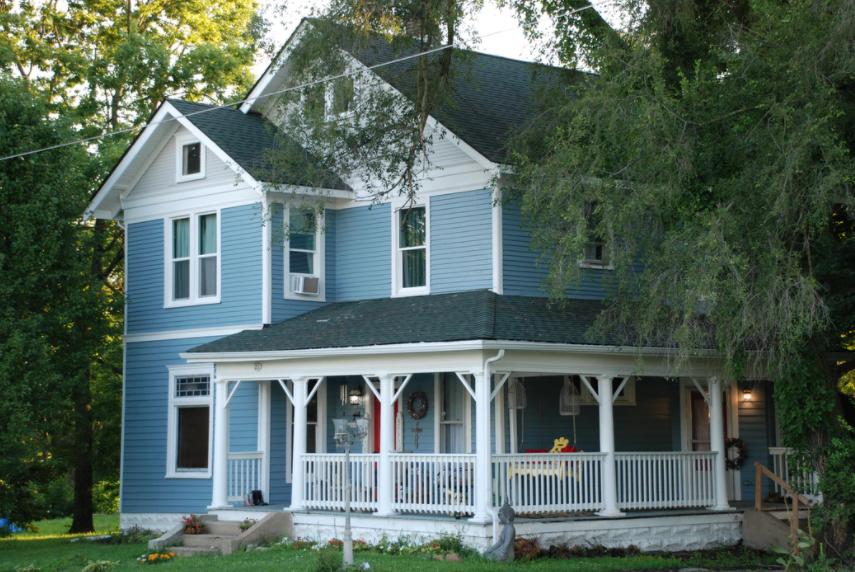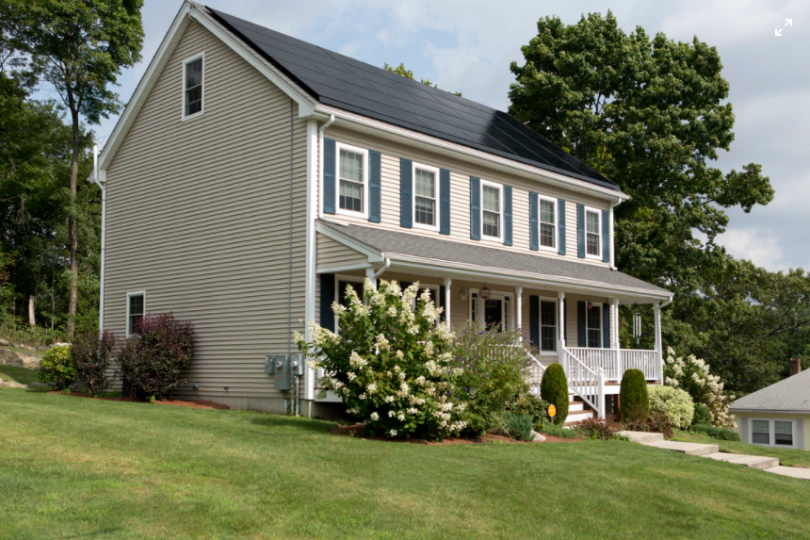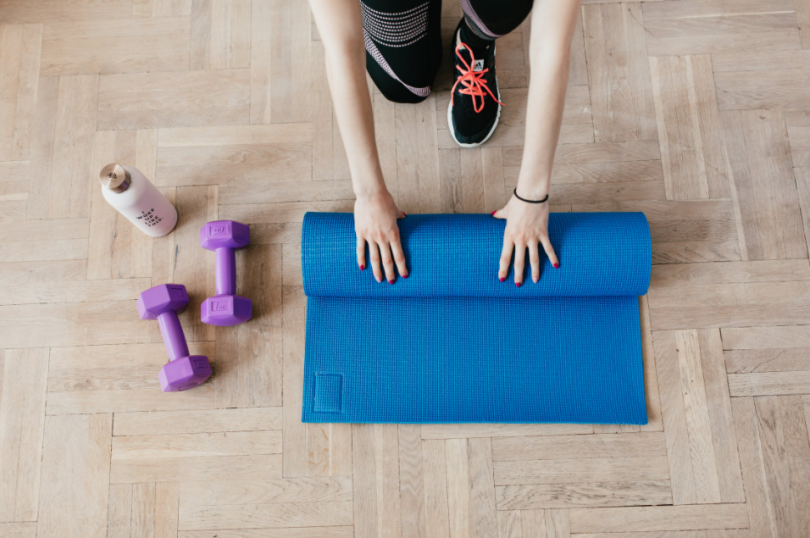Residential siding can improve the durability of your home and steadily increase its value over time. By installing residential siding, you are making an investment that will not only protect your home from the elements but safeguard its contents for years to come. But aside from these benefits, siding also causes a multitude of problems for business owners and homeowners alike. Continue reading to find out which siding problems are likely to give you a headache and how to fix them.
Cracks
Cracks are perhaps the most common complaint when it comes to siding and particularly vinyl siding. Whether it’s a single crack or the detachment of an entire panel, cracks are likely to appear sooner or later. There are several environmental as well as man-made factors that can cause cracked siding. These include adverse weather, sports equipment, home renovations and just general wear and tear. A residential siding company can usually repair or replace cracked siding for a competitive price and provide a lifetime warranty that protects against any further damage down the line.
Water Damage
Although wood siding is perhaps more vulnerable to water damage, no material is safe from damage as a result of excess moisture. External walls that have been water compromised and left untreated for a prolonged period of time can minimise the structural integrity of the entire building. A residential siding company can repair moisture damage by removing the affected panels and replacing them with new boards. Regular inspections and maintenance can prevent the need for costly, time-consuming repairs.
Paint Chipping
Wood or vinyl siding that has been painted may require regular repainting to ensure it stays looking brand new. This should not be a problem if you treat your siding to yearly touch-ups. Siding that has been neglected may require a complete paint restoration which can be cumbersome and expensive depending on the size of the house.

Pests
As well as water damage, wood siding is also more likely to be prone to pests. Termites, bees, and ants are amongst the worst offenders, but wood siding can also attract woodpeckers, wasps, and mice. There are a number of preventative measures you can take to repel any curious pests from burrowing their way into your home. Spray your siding with insecticides or hot water at regular intervals throughout the year and more often during warmer months. Prevention or early detection is key to keeping your siding pest-free. If, however, you do find yourself overwhelmed with an infestation, you should get in touch with someone like https://www.pestcontrolexperts.com/ who will be able to come out and get rid of any unwelcome visitors in your siding.
Fading
Although siding is designed to be long-wearing and sun-resistant, its appearance will alter over time due to general wear and tear. Constant exposure to ultraviolet light over time will cause gradual discolouration to your siding. Depending on the position of your house in relation to the direction of sunlight, this can affect one portion of your home or the entire house. This can cause an uneven appearance and may require regular replacement which may seem futile and unnecessary.
It is important you are aware of the potential problems that may arise when you install residential siding as well as how to prevent or fix them.



